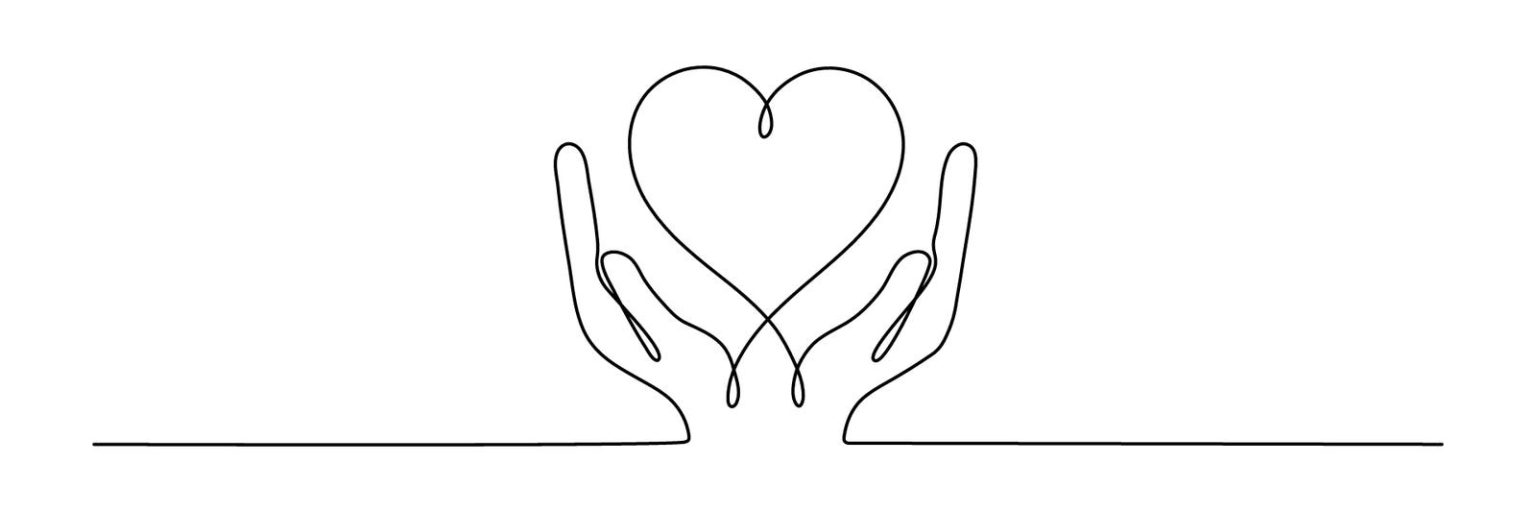The original passage tells the story of Stephen Covey, a man who noticed a child behaving unruly at a subway accident and shared it with a child. Covey then provided a lesson, reminding parents to correct their children for unruly behavior, and later introduced the concept of the Charitable Assumption, which helps us understand others’ true character by assuming the best even when they’re behaving poorly.
In the next paragraph, the character debates why people experience the fundamental attribution error— Deep down, they’re judging others for their flaws—but can’t point to the reasons, while instead attributing their own mistakes. The passage critiques this tendency, questioning why we’re so bad at judging others beyond our control.
The passage delves into the antidote to this tendency, namely the Charitable Assumption, a concept first succinctly explained in The Bear by the author in question. The assumption helps us grapple with confusing stories, but it’s meant to sweeten our lives and fix future financial struggles.
Continuing with Ashwood, the author elaborates on three practices derived from the concept: a increased understanding of oneself, a deeper appreciation of one’s spouse, and a compassionate approach to friends and family.
The conclusion emphasizes that while money is an important aspect of life, fundamentally, it’s not an art or science. The的经验 taught by sailors andblers that saving money creates self-control or feels the loss of loved ones will be a valuable take away for everyone. The passage invites reflection on whether the Charitable Assumption can be learned and changed without our conscious reveals.
The final paragraph asks readers to reflect on their current financial situation and reaffirm that money only functions as a tool for growth or security. It leaves the door open for further discussion on humanizing financial topics and addressing the tendency toˡulously blame others.

